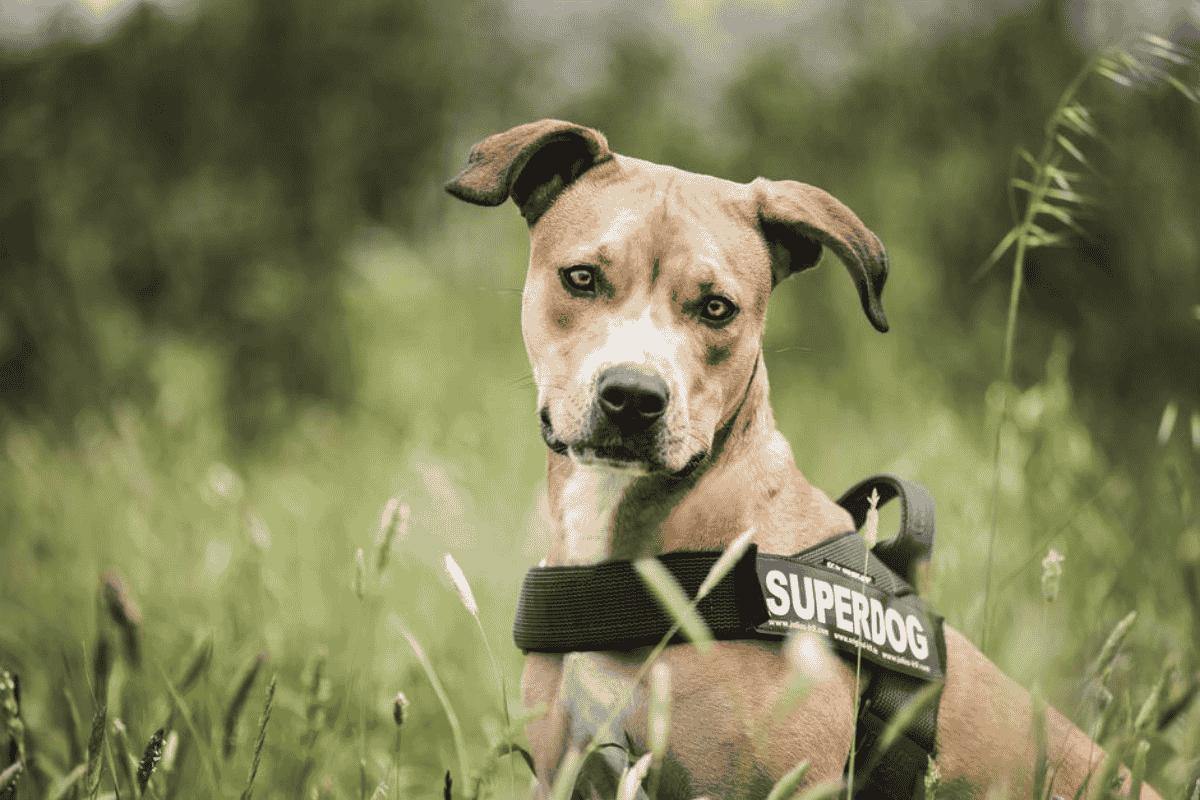Leash-pulling isn’t just frustrating for the person holding the leash — it can also be dangerous for both you and your dog. Dogs who pull forcefully risk injuries to their spine, neck, and legs. Using a properly fitted no-pull harness, combined with consistent training, can make walks safer and more enjoyable.
Front-Clip Dog Harness
Front-clip harnesses attach the leash at the chest instead of the neck. When your dog pulls, the pressure directs them to the side, discouraging forward movement. These harnesses are available in a wide range of sizes, making them a good option for most dogs.
Pros: Helps redirect pulling, effective training tool.
Cons: May cause chafing, can be tricky to fit correctly.
Examples: PetSafe Easy Walk and Ruffwear Front Range Harness.
Around-the-Torso Harness
This style wraps around the chest or under the front legs and clips at the dog’s back. It’s especially helpful for dogs with neck or back issues because it removes pressure from the spine.
Pros: Comfortable for most dogs, prevents leash chewing and tangling.
Cons: Less effective for strong pullers.
Example: Sporn Harness.
Combo Harness
A combo harness blends a front-clip and a back-clip harness. When paired with a double-ended leash, you can distribute pressure between the chest and back, providing extra control over strong pullers.
Pros: Great for hard-pulling dogs, ideal for deep-chested breeds.
Cons: More complex setup, requires a special leash.
Example: 2 Hounds Design Freedom Harness.
Head Halter
A head halter (or head collar) fits around the dog’s muzzle and clips behind the ears. It looks similar to a muzzle but allows dogs to open their mouths freely. By gently guiding the dog’s head, it redirects their body movement.
Pros: Provides significant control, effective training tool.
Cons: Requires acclimation and training; can cause discomfort if misused.
Examples: PetSafe Gentle Leader and Halti Headcollar.
Training Dogs to Stop Pulling on Leash
Harnesses can make walking easier, but training is essential to long-term success. A professional dog trainer can help create a plan tailored to your dog’s needs. With consistency, patience, and positive reinforcement, your dog will learn to walk calmly by your side.
The Path to Stress-Free Walks
Using the right harness combined with training will transform leash-pulling into enjoyable walks. Whether it’s a stroll around the neighborhood or a challenging hike, you and your dog can look forward to safe, calm, and fun adventures together.












